Tours featuring this attraction
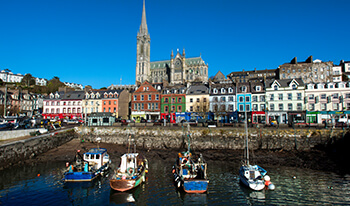
6 Night West to East Heritage Private Group Tour
(6 Nights)
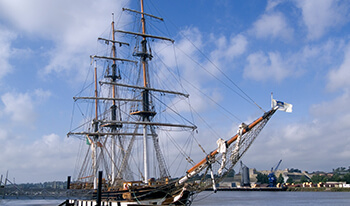
7 Night Southern Heritage Tour
(7 Nights)
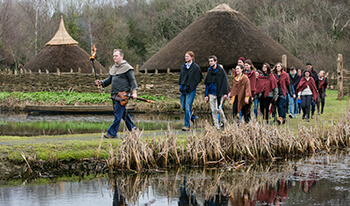
7 Night Irish Experience - Dublin & Killarney
(7 Nights)

13 Night Emerald Isle Small Group Tour
(13 Nights)
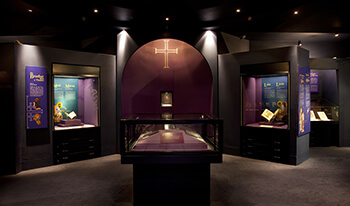
9 Night Pilgrimage Tour
(9 Nights)
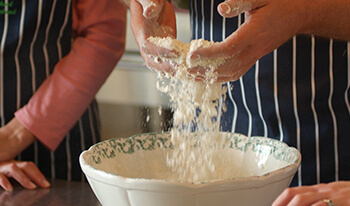
3 Night Culinary Short Break
(3 Nights)
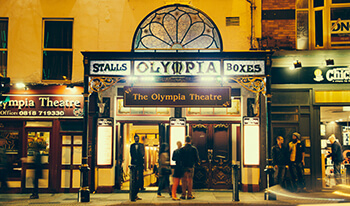
3 Night Dublin Theatre Break
(3 Nights)

7 Night Southern Heritage Small Group Tour
(7 Nights)
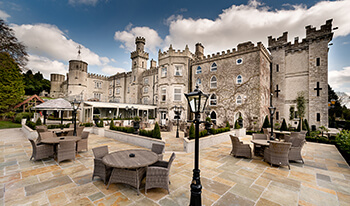
8 Night Irish Castles and Manors Silver Tour
(8 Nights)
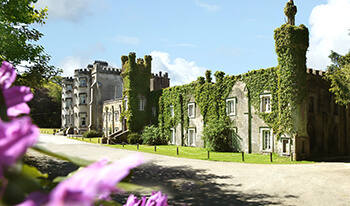
Irish Castles and Manors Silver 7 Night Tour
(7 Nights)
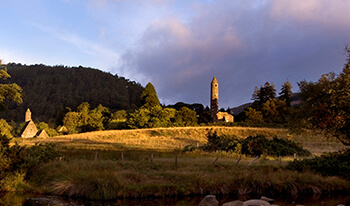
8 Night Pilgrimage Tour of Ireland
(8 Nights)
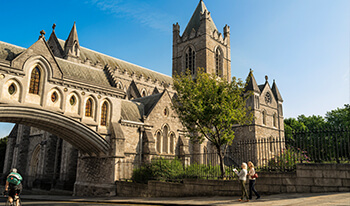
9 Night Catholic Pilgrimage Tour of Ireland
(9 Nights)
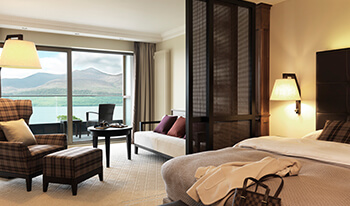
8 Night Irish Castles and Manors Platinum Tour
(8 Nights)

Best of Ireland Tour (14 Night)
(14 Nights)

Best of Ireland Tour (8 Night)
(8 Nights)
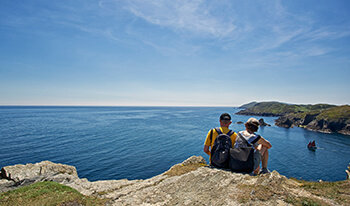
Best of Ireland Tour (10 Night)
(10 Nights)
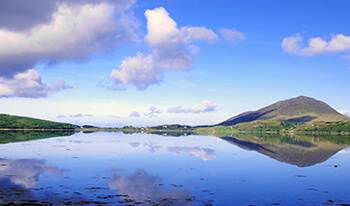
Best of Ireland Tour (12 Night)
(12 Nights)
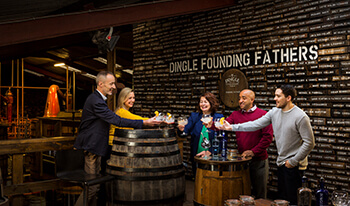
Irish Pub & Folk Tour (14 Night)
(14 Nights)
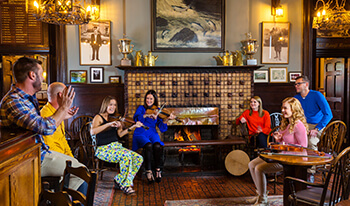
Irish Pub & Folk Tour (8 Night)
(8 Nights)
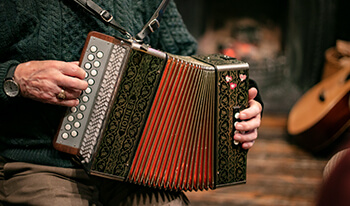
Irish Pubs & Folklore 10 Nights
(10 Nights)